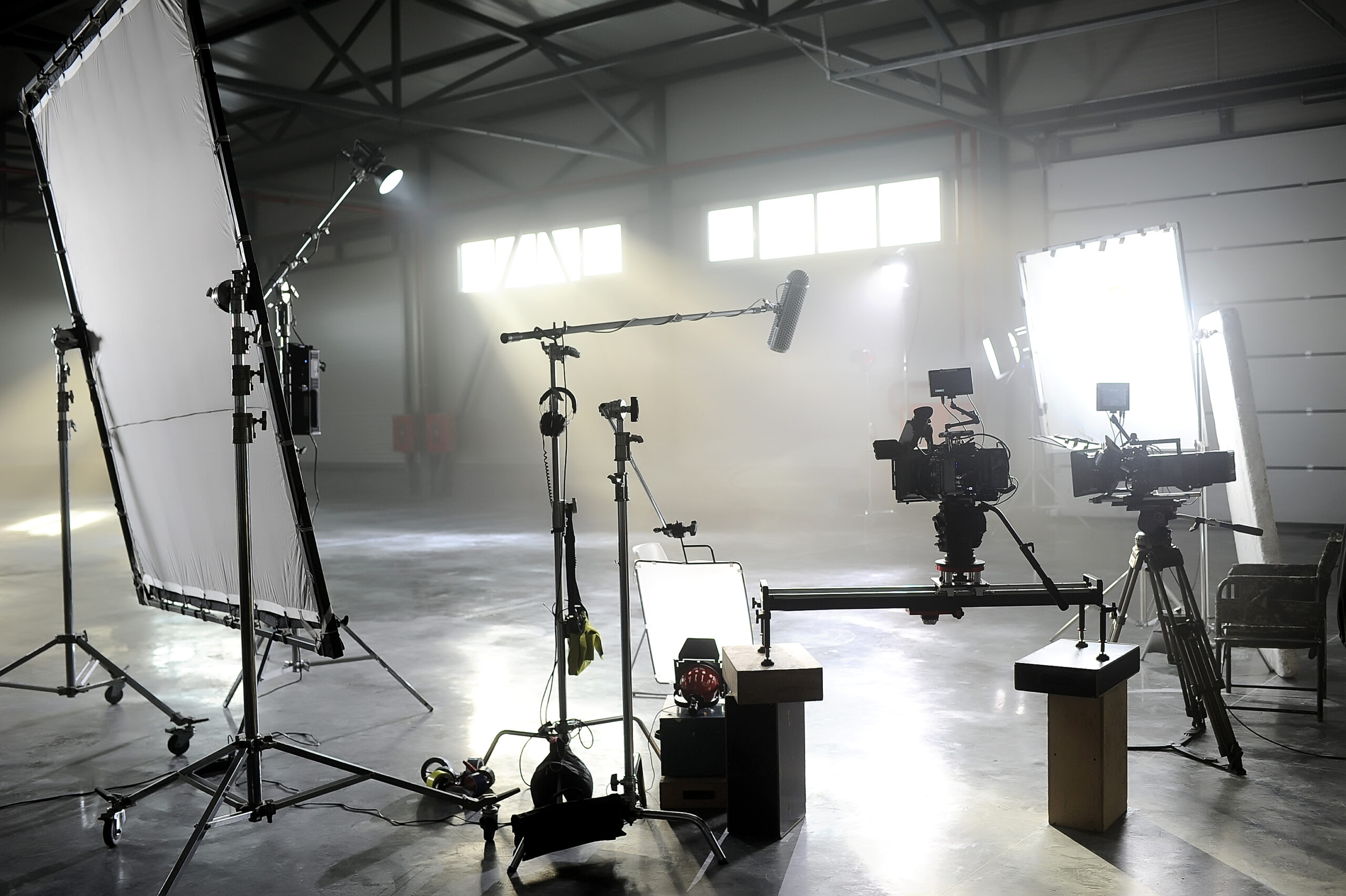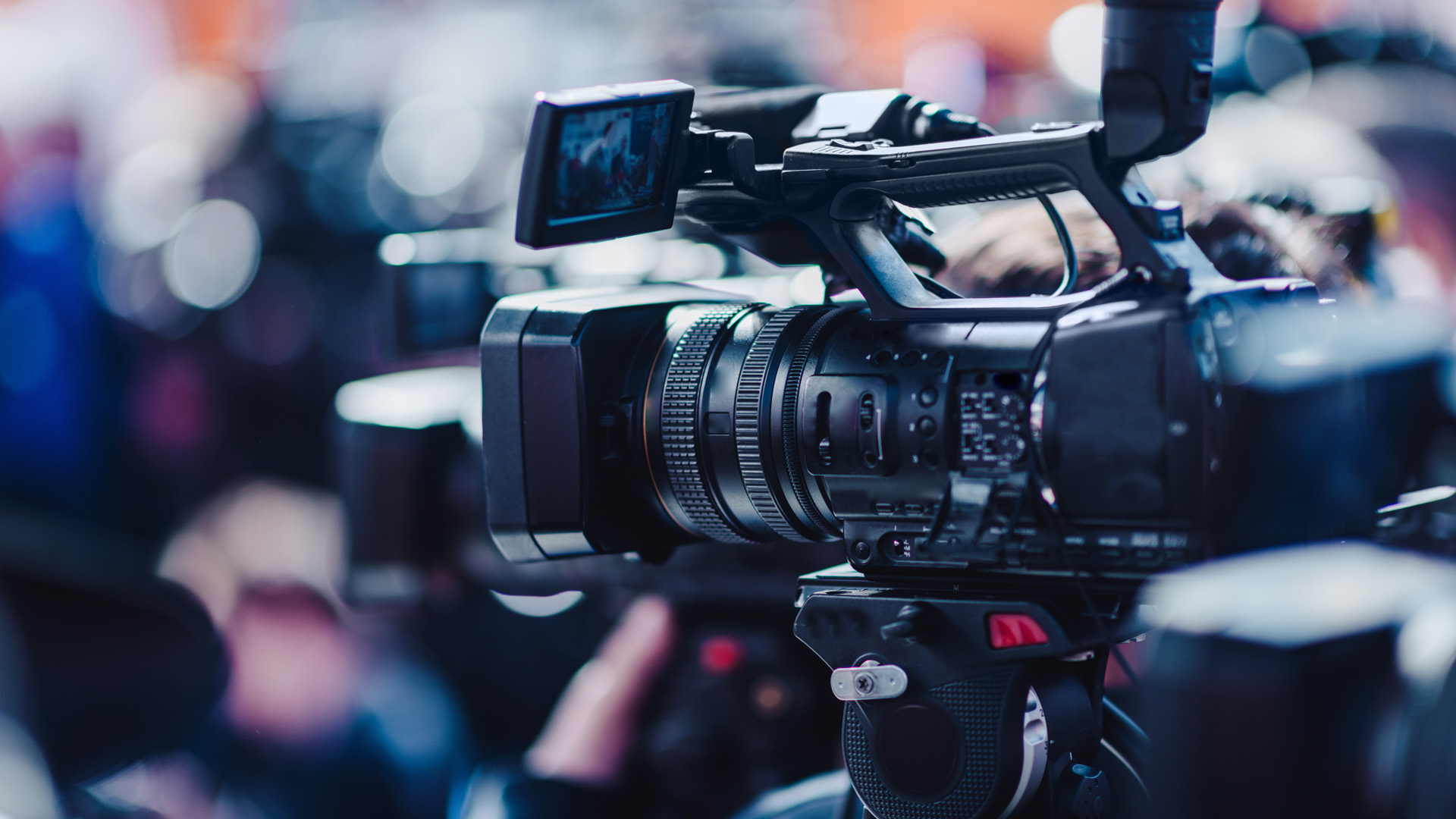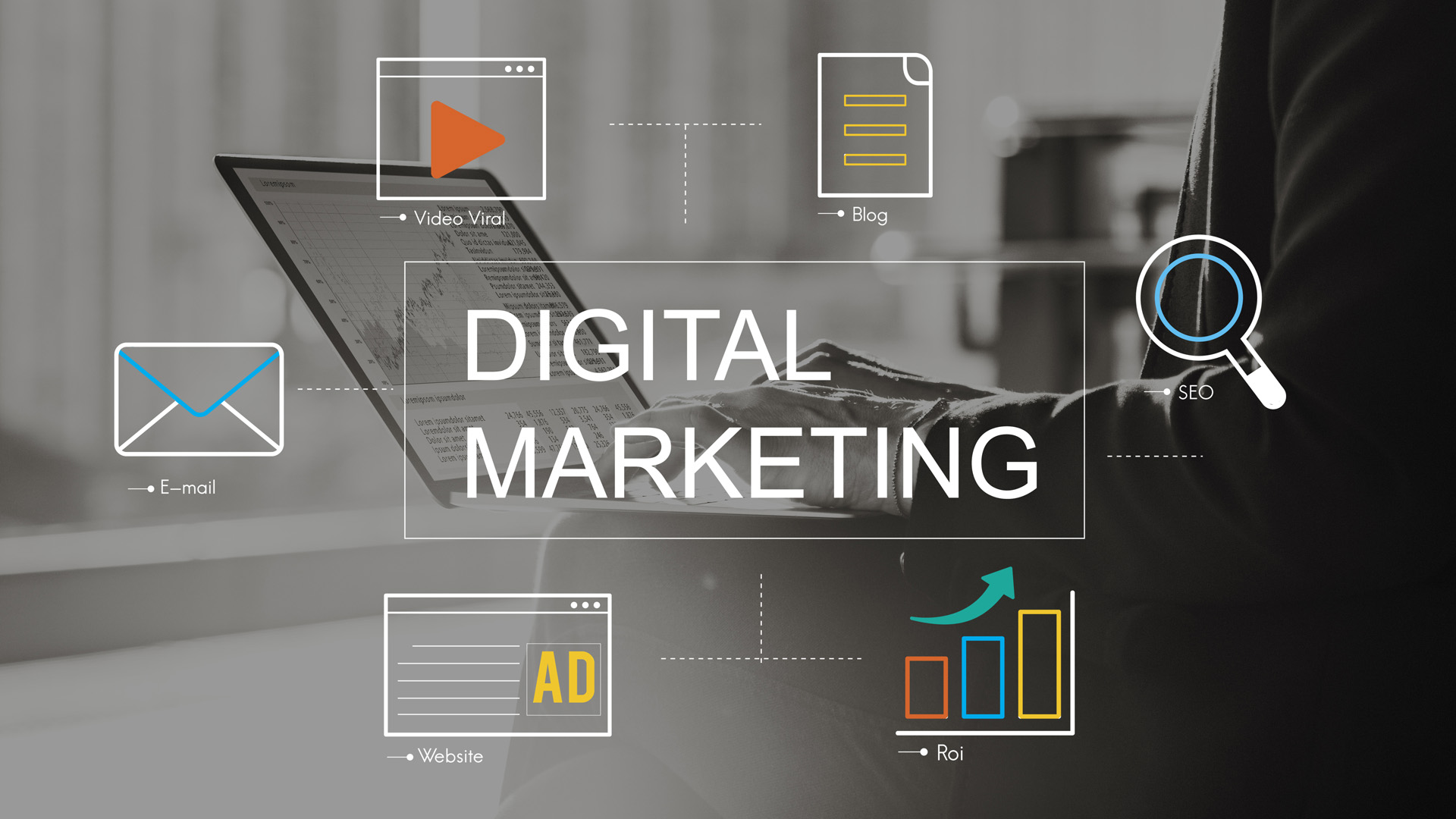
Image Source: Shutterstock Are you interested in getting a better understanding of media production? Do you have questions about the ins and outs of the creative process? If so, you’ve come to the right place. This in-depth guide will provide an overview of the various stages of media production, from pre-production to post-production. We’ll discuss the importance of planning and organization, the roles of various departments and individuals, the types of equipment and software used, and the steps necessary to produce a successful final product. With this comprehensive guide in hand, you’ll gain the knowledge needed to understand the entire media production process. So, let’s get started and explore the fascinating world of media production!
Pre-production: Planning and Organization Pre-production is the phase of media production that occurs before any actual production takes place. This is the crucial step where the rest of the production process is guided. During pre-production, the project’s objectives, target audience, and desired outcome are defined. This includes determining what the finished product will look like and how it will be used. Additionally, the project’s budget, schedule, and resources are outlined, and a media production schedule is created. With all of these details established, the project is ready to move on to the next phase of media production. A crucial part of the pre-production phase is creating a script. A script is a written document that details the planned shots and actions that will be featured in the final product. It is crucial that the script be accurate and detailed enough to ensure a smooth and efficient production phase. Pre-production also involves creating a budget and acquiring the necessary resources. This includes everything from securing talent and rights to booking studio or location space and renting or buying equipment. Production: Equipment and Software The production phase of media production is when all of the pre-production planning comes to life. During production, the equipment and software pre-selected during pre-production is put to use. This includes everything from cameras and microphones to lighting and editing software. The equipment used during production is subject to change if the situation warrants it. For example, a minor problem occurring during the shoot could necessitate replacing a mic with a lavalier. In these instances, the production crew must be prepared to address any problem that may occur. This can mean having the necessary equipment on hand so that the shoot can continue as smoothly as possible. Production also includes the creation of the video itself. This includes everything from scripting scenes and recording lines to creating graphics and animations. During production, the team works together to ensure the project moves along efficiently and on schedule. Production: Roles and Responsibilities There are many different roles and responsibilities within the media production process. However, there are a few key players that help guide the production from start to finish. The client or project sponsor is the person who initiates the project. They are also the decision-maker who gives final approval of the finished product. The producer is the individual responsible for creating the media production schedule and overseeing the project from start to finish. This person oversees all aspects of the project and makes sure everything proceeds as efficiently and smoothly as possible. The director is the person responsible for overseeing the creative aspects of the project. This includes conducting script readings, making sure shots are accurately captured, and overseeing all other aspects of the project. The camera operators are individuals charged with capturing the shots featured in the final product. The editor is responsible for piecing together the finished project using software such as Final Cut Pro or Premiere Pro. Post-production: Editing and Finishing Post-production is the final stage of media production. During this phase, the editor uses editing software to combine various shots and sounds into a finished product. With the help of visual effects artists and sound engineers, the editor adds special effects and soundtracks to the video. The video is then exported and saved as a final product ready to be published online or aired on television. The media production process can be a challenging journey. However, it is a journey well worth the effort, as it gives producers the chance to create amazing content that impacts people around the world. With the help of pre-production planning and organization, the rest of the production process will go smoothly, resulting in a final product ready for the world to enjoy. Conclusion If you’ve ever wondered what goes into the production of a video, documentary, or television show, then this guide is for you. This guide will help you understand the entire media production process, from pre-production through post production. You’ll learn about the equipment and software used, the roles and responsibilities of various individuals, and the steps necessary to produce a final product. With this knowledge, you’ll have all the tools necessary to understand the fascinating world of media production.






